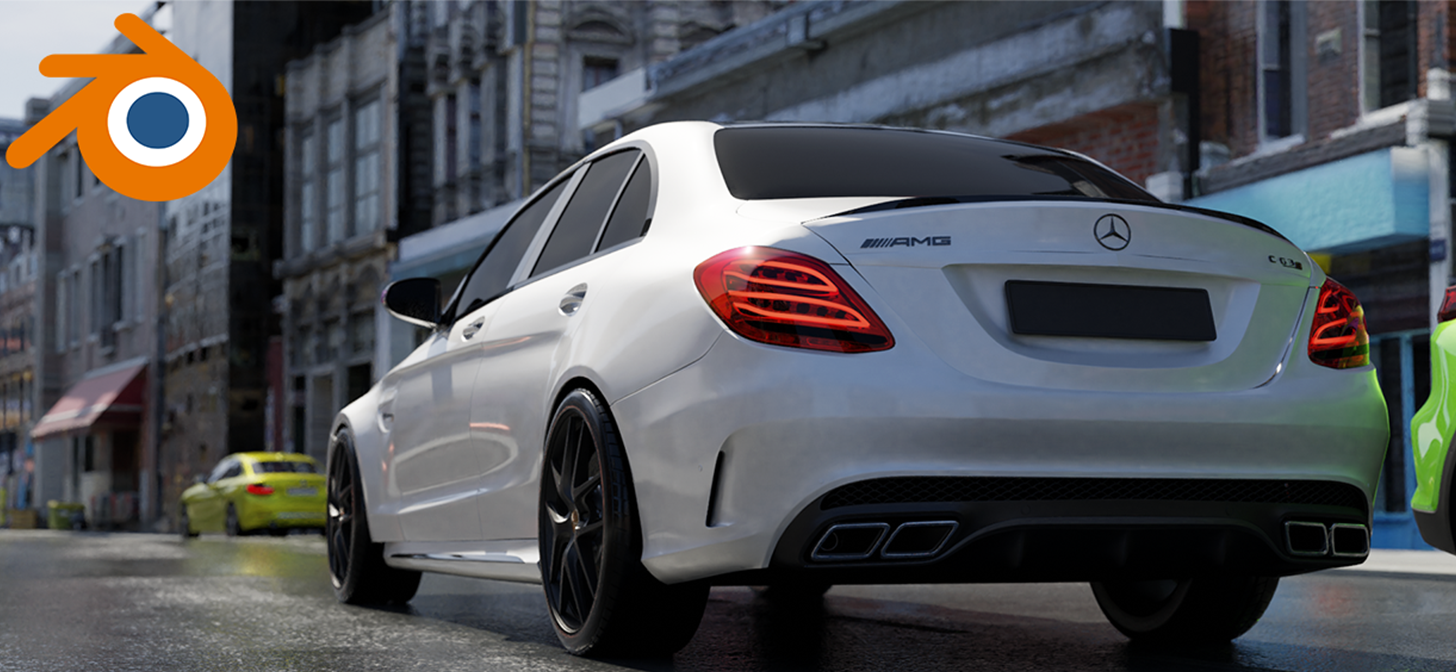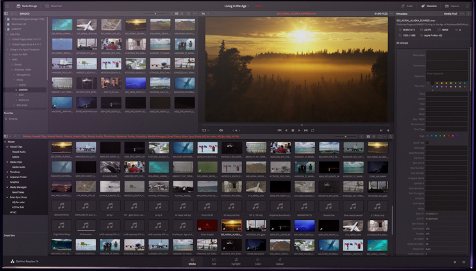

Then, you’d raise the Gain wheel in the opposite direction, increasing brightness in the highlights until you’ve created a strong overall contrast adjustment. You’d start by lowering the Lift wheel towards the floor, making the dark tones of the image darker. The easiest way to accomplish a high contrast look in Resolve is with the Primaries – Color Wheel tab.

We’ll start with this image and go for a high contrast look. You want to get those hot highlights and deep shadows and really make the image pop. Let’s say, here on this image of a dancer, that you want to go for a high contrast look. Let’s explore what it looks like to tackle a grade with this mindset and the results that we might get out of it. The first concept to explore is the idea of contrast as a single-dimensional variable, by which I mean thinking of contrast solely in terms of being high, medium, or low. But for now, let’s get right into these concepts and the visual characteristics that we want to upgrade. If you need more information on this, check out my ACES Explained series, which is an excellent primer on the subject. And what we can do when we encounter them.īefore we dive in, I want to stress the importance of working in a color-managed environment inside of DaVinci Resolve, meaning that you’re using color space transformation to accurately map what the camera captured into what my display can reproduce, rather than grading things by hand from their log state. So today we’ll be looking at some of the concepts and visual characteristics that tend to accompany the video look. If we’re going to successfully navigate the full breadth of color grading’s creative landscape, we also need to be able to recognize what we’re not after.įor most of us, this is the dreaded “video” look, and while it’s easy to spot in its extreme expressions, it can often sneak into our grades in little ways, subtly compromising our creative vision.

Most of us are after a more cinematic aesthetic in our grades, and one of the keys to achieving this is to gain a more detailed understanding of the fundamental visual characteristics associated with film.But simply knowing what we’re after isn’t always enough.


 0 kommentar(er)
0 kommentar(er)
